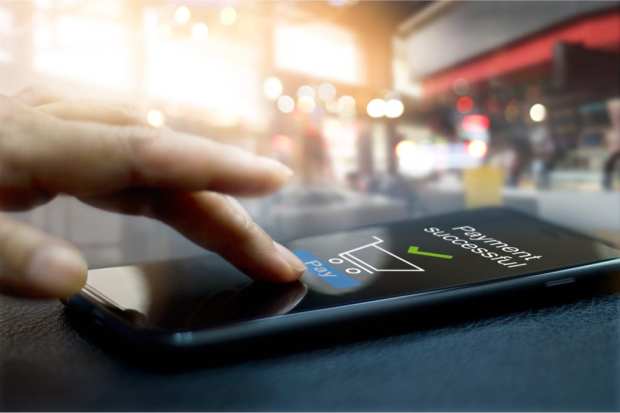The Digital COVID Cure

Remember when omnichannel was “the thing” that would save retail? More recently it’s been payments choice. As summer 2020 gets underway and reopening along with it, digital as a way of operating smarter and faster … without having to touch anything … is the surest bet now.
“States across the U.S. are following through with plans to reopen storefronts, but consumers have seemingly moved on from wanting to exclusively shop in-store and are instead more interested in shopping digitally,” according to Navigating The COVID-19 Pandemic: The Great Reopening — Doubling Down On Digital edition.
“The longer the pandemic persists, the more consumers will rely on digital channels to work, shop, browse and pay, and the more accustomed they will grow to living their lives online to limit physical contact and protect themselves from COVID-19. Consumers’ choices no longer concern which channels they use to shop, but rather where and how they choose to make contact points between digital ordering and physical delivery.”
Surveying a census-balanced panel of nearly 3,000 U.S. residents on May 23 that updated related polls conducted March 6, March 17, March 27, April 11 and April 27, PYMNTS has observed some subtle (and not-so-subtle) shifts in both consumer sentiment and behavior.
The digital shift remains the big story, with PYMNTS’ The Great Reopening: Doubling Down On Digital Edition finding, “[35.7] percent of consumers were shopping for retail goods online as of May 23, up from the 32.5 percent who were doing so as of April 27. This is also an increase from the 29.4 percent of consumers who shopped online for retail goods on April 11 and 24.1 percent who did so on March 27. This means 73.1 million consumers are now shopping online, compared to the 66.4 million who were doing so in late March.”
Mobile order-ahead (MOA) upticks in the restaurant space confirm that digital trend, too.
Moreover, merchants that have added or enhanced digital capabilities in response to the pandemic may be rewarded long-term. “Our research shows 46.7 percent of consumers report that merchants have improved their order-ahead for delivery services since the pandemic began, for example. PYMNTS also found that 34.7 percent of consumers say merchants have updated their online inventory status features during the past three months, making it easier for consumers to check whether items are in stock before they journey to stores.”
Even as reopening surges forth and people come out from lockdown, expectations for the disease’s exit are getting longer. “Expectations regarding how long the pandemic will last continue to rise, with consumers now believing it will persist for another 270 days — roughly nine months — on average. This compares to an average of 213 days on April 27 and 138 days on March 17,” the report states. “Consumers who do believe their lives will return to the way they were before the outbreak say it will take longer to get there. Our survey finds that 43.3 percent do not expect to return to their pre-pandemic ways of life for at least another year.”
That new 43.3 percent figure contrasts with the 30.5 percent who felt that way on April 27, and the 23.6 percent who saw a longer COVID timeframe back on April 11. The irony is that people now report being less afraid of contracting the illness now that before — a marked shift from earlier polls. “The share of those who are ‘very’ or ‘extremely’ concerned about COVID-19 has been decreasing since April 11, when it peaked at 69.5 percent,” the study found.
When the day arrives when there are no new COVID cases reported, the world will be well along into its reinvention. Whatever else may happen, the consistent thread throughout months of research is that the digital transformation is no longer an option for merchants.
“Most [respondents] say they would choose to purchase from merchants based on whether they offer digital features, with 33.8 percent of consumers saying they are ‘very’ or ‘extremely’ likely to consider such offerings when deciding where to shop. Another 55.3 percent are ‘somewhat’ or ‘slightly’ likely to take merchants’ digital capabilities into consideration, while just 11 percent say digital offerings do not factor into their decisions.”